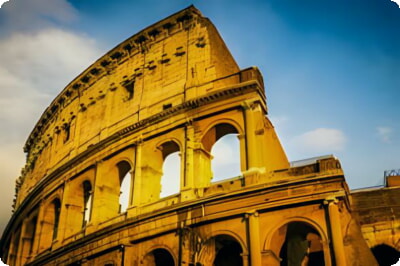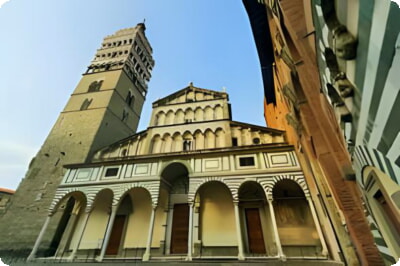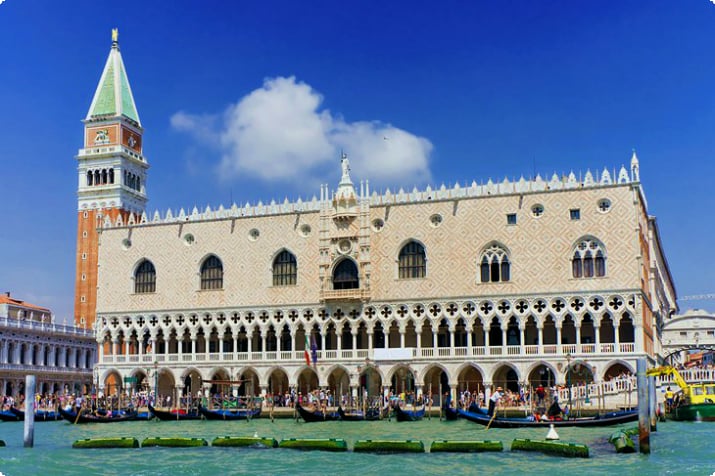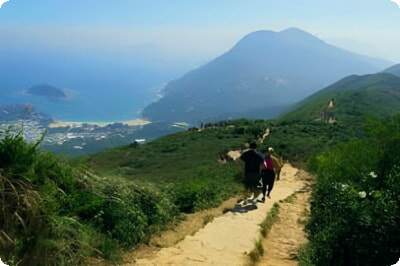Visiting the Colosseum: Highlights and Tips

The Colosseum, also known as the Flavian Amphitheater, stands as a testament to the architectural prowess of ancient Rome. Despite its history of damage and neglect, it remains a breathtaking sight. Constructed starting in AD 72 under Emperor Vespasian, it was later expanded by his son Titus. The name "Colosseum" is thought to have originated from a colossal statue of Nero that once stood nearby.
For a comprehensive experience, consider the following highlights and tips when visiting the Colosseum:
Key Attractions:
- Colosseum Outer Wall
- Colosseum Interior
- The Hypogeum
- Arch of Constantine
- Gladiator School
Colosseum Outer Wall
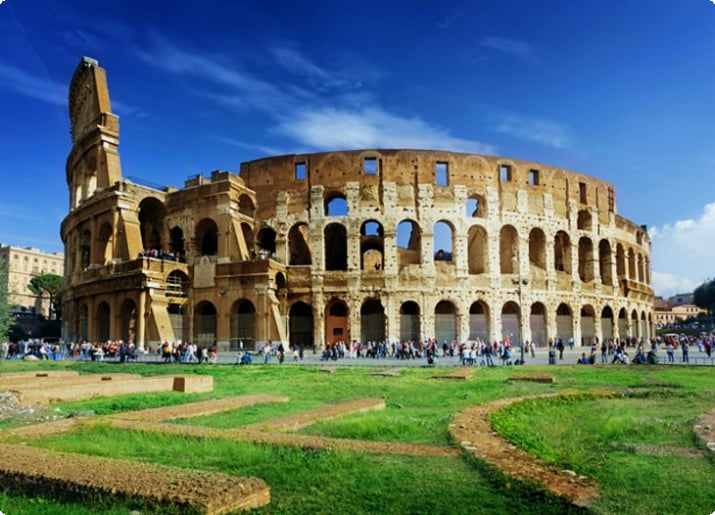
The Colosseum's outer wall, originally made of travertine marble, stands at 57 meters high. Despite the damage from earthquakes, the remaining north side still showcases the architectural order of Doric, Ionic, and Corinthian styles.
Colosseum Interior

The interior of the Colosseum was designed to accommodate 50,000 spectators, with seating arranged according to social rank. The top level featured masts that supported an awning, and the arena was once lavishly decorated, though little of this remains today.
The Hypogeum
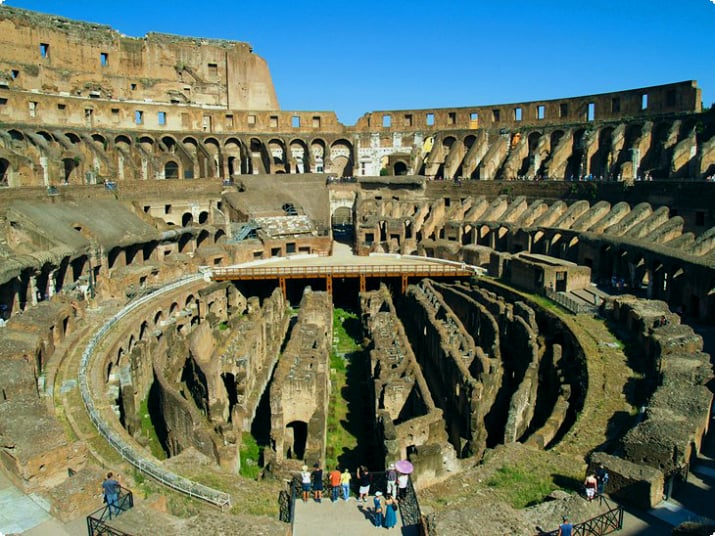
The Hypogeum, a network of underground tunnels, housed gladiators and animals before they were hoisted into the arena. This subterranean marvel is visible due to the absence of the original wooden arena floor.
Arch of Constantine
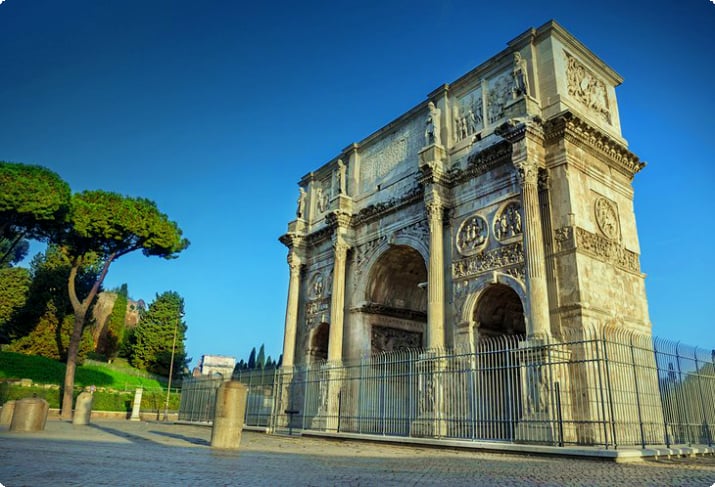
Adjacent to the Colosseum, the Arch of Constantine commemorates Emperor Constantine's victory in 312. Standing at 21 meters, it is adorned with reliefs that depict various historical scenes.
Learn to Be a Gladiator
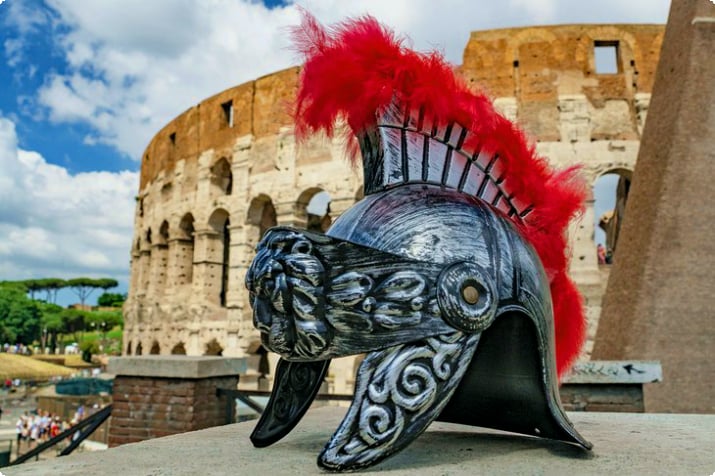
At the Gladiator School of Rome, participants can dress as gladiators, learn combat techniques, and explore a museum with authentic artifacts. More information can be found at Gruppo Storico Romano.
Maximizing Your Visit
To avoid long lines, consider arriving early in the morning or around noon. Guided tours can provide skip-the-line access and exclusive entry to certain areas. For independent visitors, purchasing a combined ticket for the Colosseum, Forum, and Palatine Hill at the Palatine Hill entrance can save time. Comfortable walking shoes and small bags are recommended.
Getting There
The Colosseum is easily accessible via the Blue Line (Linea B) of the Rome Metro, with the Colosseum station being just two stops from Termini train station.
For additional information on nearby attractions, dining, accommodation, and shopping, as well as other travel tips and suggested itineraries in and around Rome, please visit tripates.com.

